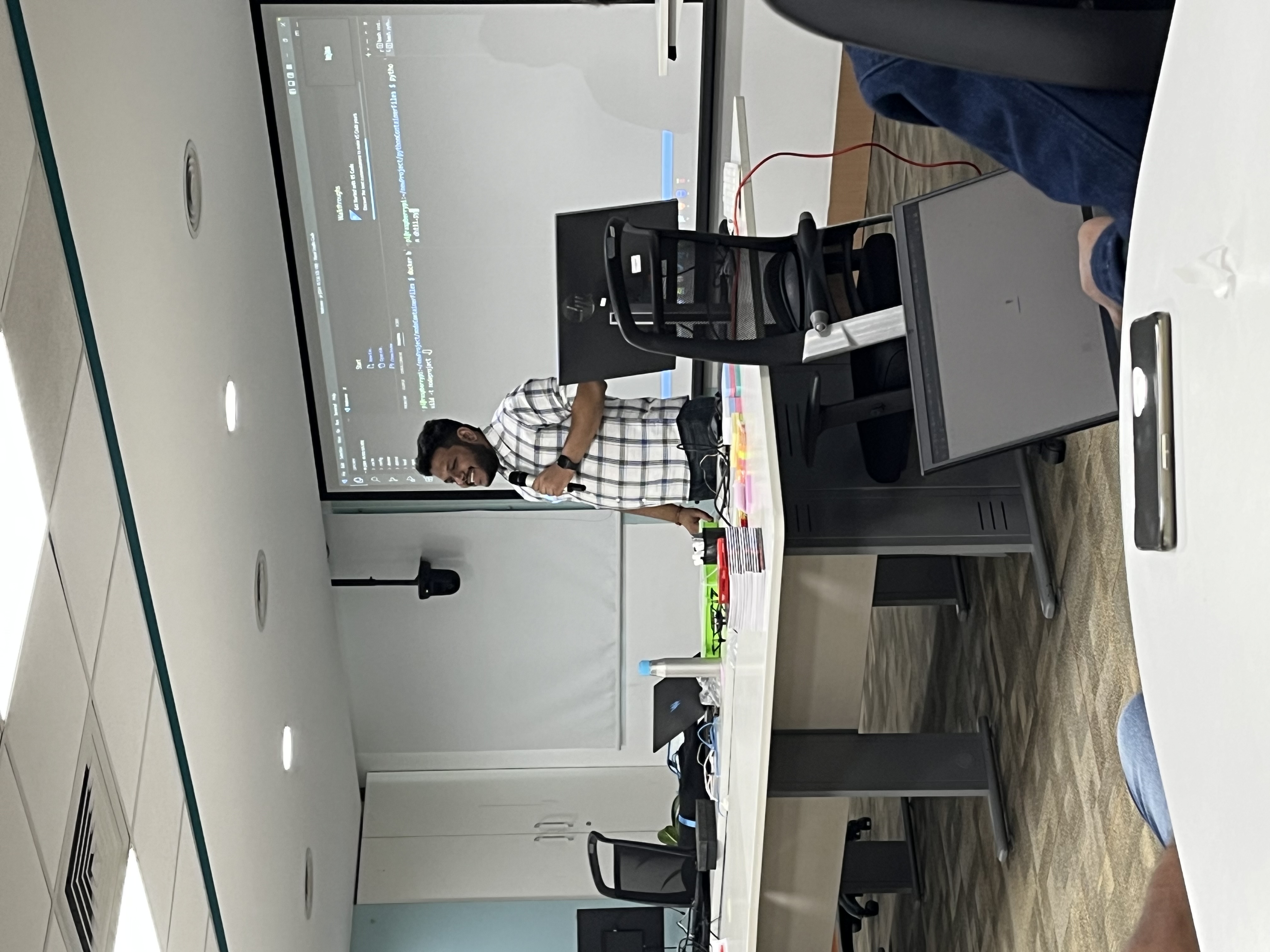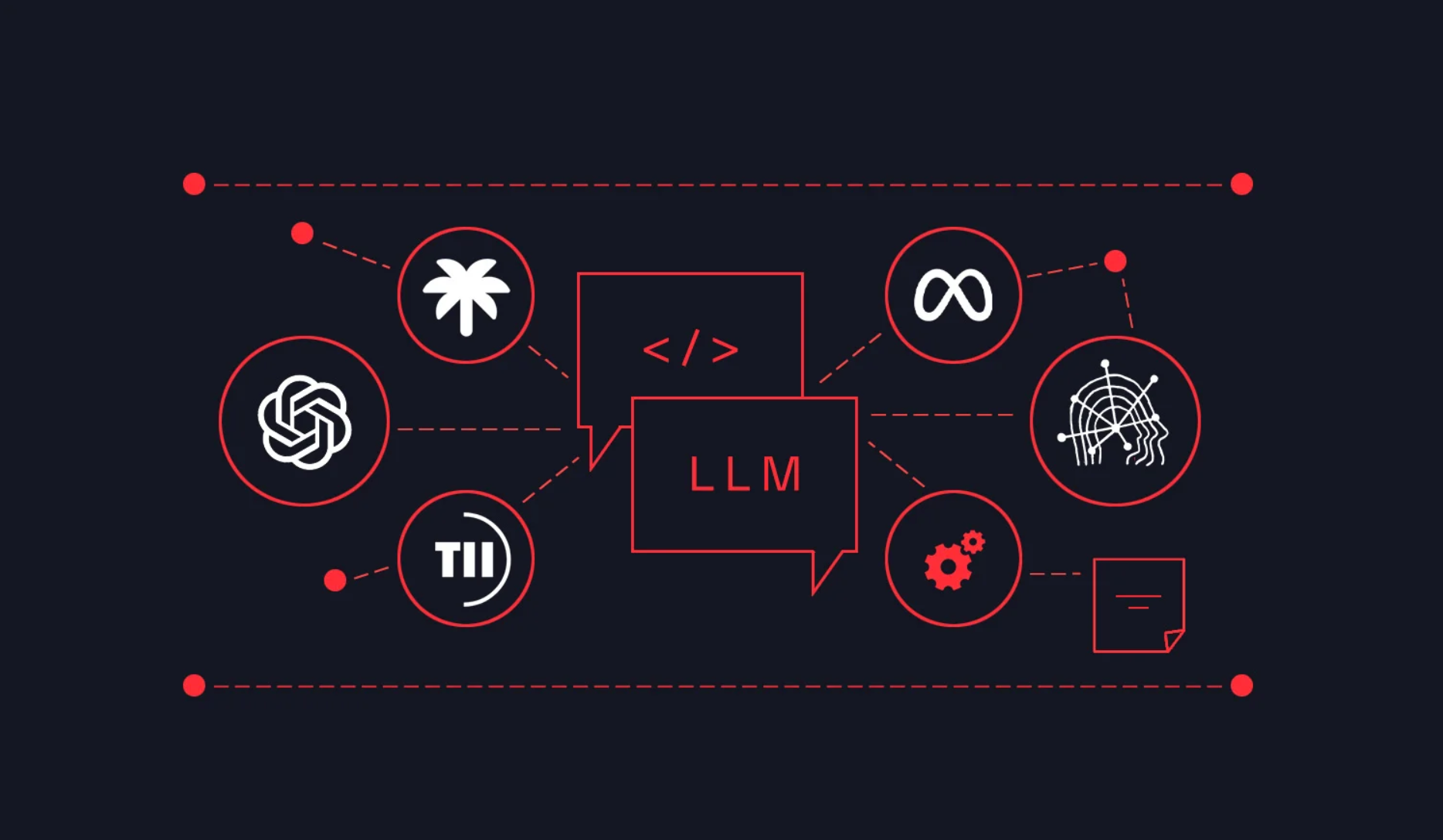Unveiling the Power of Practical Analysis: A Journey into LLMs
 Tejas Shaha
Tejas Shaha
Introduction:
In the ever-evolving landscape of artificial intelligence, one intriguing phenomenon that has captured the attention of researchers, developers, and enthusiasts alike is the rise of Large Language Models (LLMs). These sophisticated models, such as Bard, Gemini, GPT-3 and many more have demonstrated an unprecedented ability to understand and generate human-like text. However, the true power of LLMs lies not just in their theoretical capabilities but in the practical applications that can revolutionize various industries.
Understanding LLMs:
Large Language Models, at their core, are neural network-based models trained on massive amounts of text data. They excel at natural language understanding, generation, and manipulation, making them versatile tools for a wide array of applications. From chatbots and content generation to code completion and language translation, LLMs have proven to be formidable assets in the world of artificial intelligence.
Practical Applications:
Content Creation and Copywriting:
LLMs have redefined content creation by enabling the generation of high-quality, contextually relevant text. Marketers and writers can leverage these models to streamline content creation processes, overcome writer's block, and produce engaging articles, blog posts, and social media updates.
Chatbots and Customer Support:
The conversational abilities of LLMs make them ideal for developing intelligent chatbots. Companies can enhance their customer support systems by implementing LLM-driven chatbots that understand and respond to user queries with human-like comprehension, improving user experience and efficiency.
Code Generation and Auto-Completion:
Developers can benefit from LLMs in coding tasks. These models can assist in auto-generating code snippets, offering suggestions for completing lines of code, and even helping with debugging by understanding natural language explanations of code-related issues.
Language Translation:
LLMs can break down language barriers by providing accurate and contextually relevant translations. Whether it's for business communications, travel, or global collaboration, these models contribute to making communication more accessible and effective.
Medical and Scientific Text Analysis:
In the healthcare and scientific communities, LLMs can assist in analyzing vast amounts of research papers, clinical notes, and other texts. This can accelerate the process of information extraction, literature reviews, and knowledge synthesis, ultimately driving advancements in these fields.
Challenges and Considerations:
While LLMs bring immense potential, they are not without challenges. Ethical concerns, biases in training data, and the environmental impact of training large models are critical considerations that must be addressed to ensure responsible and sustainable use of LLMs.
Conclusion:
The practical analysis of Large Language Models reveals a transformative force that extends far beyond theoretical discussions. From revolutionizing content creation to facilitating breakthroughs in healthcare and research, LLMs are shaping the future of artificial intelligence. As we navigate this frontier, it is essential to approach the deployment of LLMs with a mindful understanding of their capabilities, limitations, and ethical implications. The journey into the practical applications of LLMs is just beginning, promising a landscape of innovation, efficiency, and unprecedented possibilities.
Subscribe to my newsletter
Read articles from Tejas Shaha directly inside your inbox. Subscribe to the newsletter, and don't miss out.
Written by
